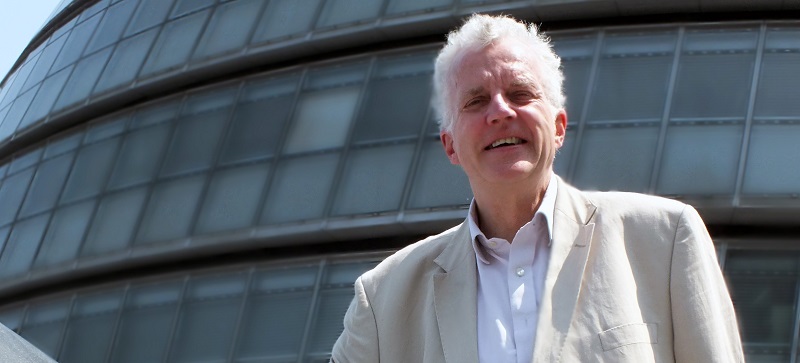It seemed a good idea at the time. Well, at least to some people. Instead of reinstating a railway line through the rapidly expanding hinterland of Cambridge, Cambridgeshire County Council pushed for a guided busway. The narrow old rail track between the city and St Ives could then accommodate a twin track for buses which would then be able to leave the old track bed to serve the growing dormitory towns being built around the city.
More flexible and cheaper than a train, it won over ministers who decided to fund most of the £116m cost, partly as a trial for the whole concept. They thought it would be a cheap way of bringing efficient public transport to suburban areas and the Cambridge scheme was seen as the ideal.
It has not turned out like that. The scheme is in chaos with writs flying, no opening date and recriminations all round. The ministers, of course, are no longer around but Cambridgeshire has long regretted ever being involved with the busway concept. The whole project should have been handed over in February 2009, opening a couple of months later after driver-training and route-familiarisation but now, more than 18 months later, there is no opening date for any of the route. Meanwhile, the cost has soared to at least £160m, £44m more than the original estimate, and a dispute between the contractor and the council is heading for the High Court. The exasperated council has just announced that there will be a public enquiry into the scheme but that can only start once legal proceedings, expected to be lengthy, are out of the way.
The project was controversial right from the start because local campaigners, supported by a majority of the public, wanted to see the rail line reinstated rather than the guided busway. The busway scheme is ambitious, the longest in the world as it includes two sections totalling 25 kms of guided way and a total route length of 40 kms. The northern section runs along the line of the disused St Ives-Cambridge railway while the southern section runs from Cambridge railway station to Trumpington and Addenbrooke’s Hospital but in between the buses will be no different from conventional vehicles.
The root of the problem seems to be that laying concrete slabs over the wet terrain of the Fens has proved troublesome. No other busway in the world operate on such demanding conditions. Tim Phillips, the chairman of Cast.Iron which wanted the railway reinstated, suggests that it is the lack of understanding of the limitations of the technology which are at the root of the problem: ‘Installing a concrete guideway along the route of a railway and over a fen is different from any previous busway. Laying long, stiff and heavy concrete beams on what amounts to a bog to very tight tolerances has never been done in the world.’ It is ironic that the opening of the world’s first major railway, the Liverpool & Manchester, was also delayed by difficulties in dealing with the marshy land of the notorious Chat Moss.
Mr Phillips points out that buses will have to travel further by using the old railway trackbed in order not to add to the congestion on the A14 and this means that trips along the busway between St Ives and Cambridge will be longer, both in terms of distance and of time than the current conventional service. Supporters argue that it will still attract people out of their cars because it will be more reliable.
There have, too, been problems with a bridge built over the River Ouse and a dispute over lighting on a guided section, which the contractors, who are already having to pay £14,000 per day in compensation, were reluctant to install.
The strangest aspect of this tale, which has attracted little widespread attention despite the continued mishaps and overspend, is that the Labour government, just before leaving office, agreed to fund a similar £89m scheme between Luton airport and Houghton Regis, using the track bed of the long closed Dunstable branch line. Again, local opponents lobbied to reinstate the line with light rail but to no avail.
The blunders of the busway project highlight yet again the risks of using untried technology rather than simply reinstating the railway. Of course one of the barriers of doing so was the likely cost of the involvement of Network Rail which, in any case, was not enthusiastic about rail reinstatement. There is no doubt that NR would have insisted on providing everything on the line to the highest modern standard rather than making do with cheap materials that might have made the scheme viable. Ironically, a preliminary estimate of the cost of reinstatement was £105m, less than the original cost of the busway but thought to be too expensive at the time. The lessons from this procurement process are the old ones: don’t be a pioneer and if possible stick to tried and tested methods. Unfortunately for Cambridgeshire council taxpayers, this advice was not heeded.
